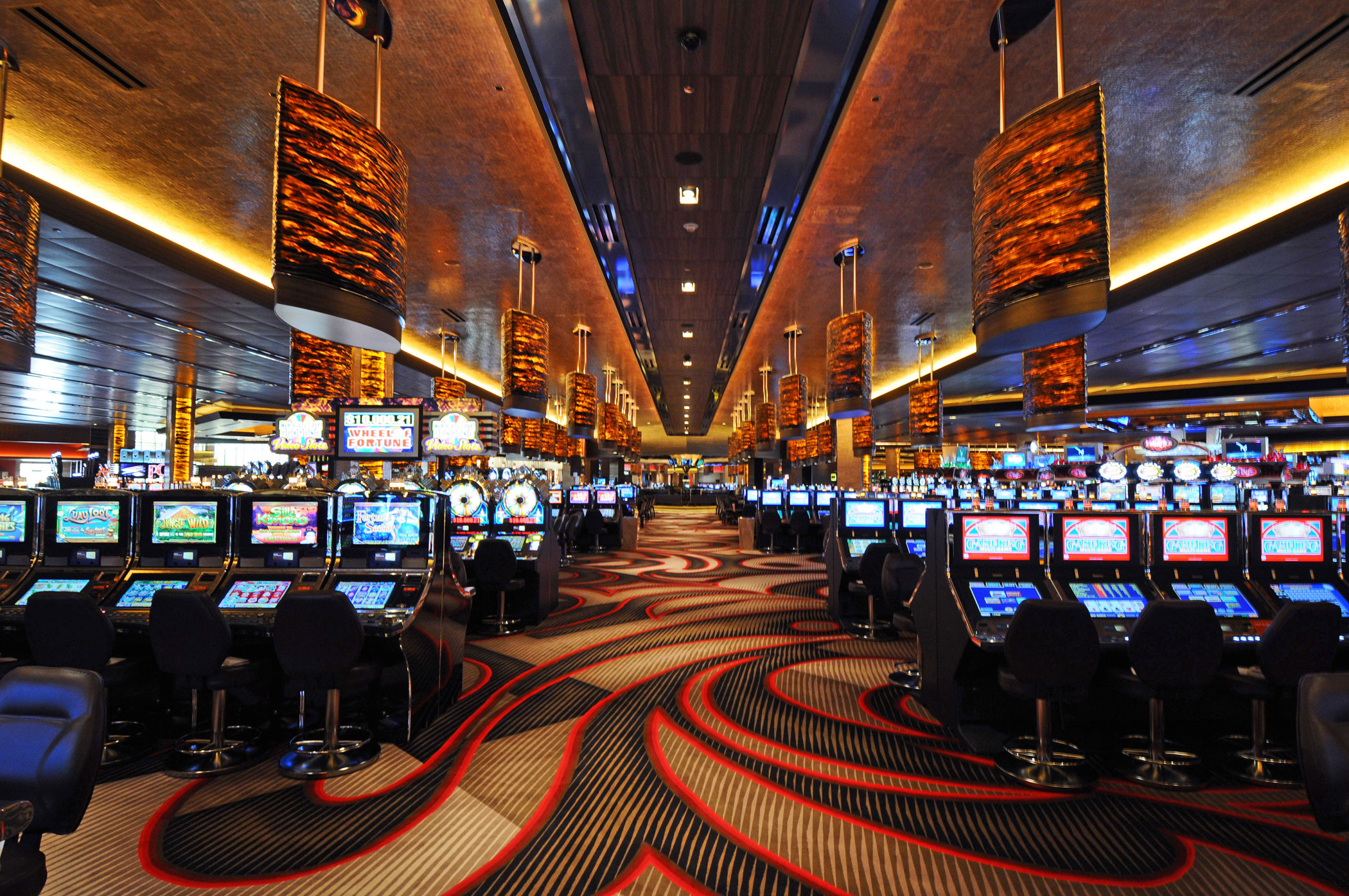
Gambling games have long captivated human interest, drawing participants into a realm filled with chance, strategy, and the allure of excitement. Each activity is painstakingly crafted not just for entertainment, but also to evoke particular emotional responses that keep players engaged and invested. Understanding the drives behind these designs reveals much about how behavioral psychology plays a crucial role in the gaming experience.
From the bright lights and dynamic sounds to the complex layering of rules and rewards, casino games are designed to create an atmosphere of anticipation and anticipation. Game designers leverage mental cues to influence participant behavior, whether through the use of big prizes, close-call situations, or community engagement. By examining these aspects, we can better appreciate how casino games fulfill not just a desire for entertainment, but underlying psychological needs for thrill and hazard.
Comprehending Player Behavior
Casino games are designed with a thorough comprehension of player psyche, which is crucial for drawing in and holding players. The thrill of the game, combined with the expectation of winning, creates a strong allure. Game designers utilize elements like audio cues, dynamic graphics, and captivating gameplay to seize attention and generate emotional responses. These sensory experiences enhance the total environment, making players feel more attached in the game.
Another important aspect of player behavior is the idea of risk and reward. Casino games often weigh high-stakes situations with the potential for substantial rewards, which can result in the event known as near-miss effect. When players come close to winning, the brain produces dopamine, strengthening their behavior and motivating them to keep playing in search of that fleeting win. This cycle of anticipation and frustration plays a key role in how games are structured and promoted.
Lastly, community aspects also play a central role in player behavior at casinos. Many games are crafted to be played in groups or in company with other players, creating a sense of community and communal experience. The community engagement inherent in games like poker enhances enjoyment and can culminate in longer play sessions. Designers capitalize on this by creating environments that invite players to remain, socialize, and come back, making the overall casino experience more attractive.
The Role of Imagery and Audio
Visuals and audio play a significant role in improving the gambler’s experience within gambling games. Designers utilize bold colors, striking graphics, and captivating animations to attract players’ attention and sustain their interest. The use of themes, such as adventure or luxury, helps create an immersive atmosphere that transports players into another world. By connecting to the senses, these elements contribute to a intensified emotional response, prompting players to engage more deeply with the games.
Audio design is just as important in enhancing the experience of gambling games. The combination of ambient music, audio effects for successful combinations, and environmental noises creates an sound landscape that keeps players fascinated. Sounds associated with victories, such as chiming bells or festive music, evoke feelings of excitement and satisfaction, encouraging players to keep playing. non GamStop casino These audio cues are strategically placed to amplify the thrill of the game and create a more engaging experience.
Additionally, the synchronization of imagery and sound is crucial for reinforcing the game’s overall theme and atmosphere. Each element should align seamlessly to create a cohesive experience that draws players in. The effective use of this synergy not only improves user enjoyment but also boosts the likelihood of return play, as players become more invested in the captivating world that the gambling games offer. This thoughtful integration of imagery and sound ultimately enhances player involvement and commitment.
Reward Structures and Participation
The design of casino experiences heavily relies on incentive systems to keep participants involved and returning for more. These systems are rooted in behavioral theories that exploit human nature and motivation. Players are often motivated by the thrill of success, which is supported by instant responses through the game structure’s design. This instant gratification not only enhances the gaming experience but also cultivates a feeling of achievement, prompting participants to continue playing in hopes of bigger gains.
Casinos adopt various incentive systems, such as large payouts, bonuses, and multipliers, to engage participants. These features create a layer of excitement that sustains engagement. Additionally, the randomness of outcomes plays a significant role in sustaining interest. The intermittent reinforcement schedule, where successes are random but happen often enough, maintains players on edge and driven to keep playing. This loop of anticipation and expectation is foundational to the effectiveness of casino games.
Moreover, social elements, such as tournaments and multiplayer features, boost the engagement factor by leveraging the desire to compete of players. The communal aspect of playing with fellow participants can intensify the excitement of winning and create a community atmosphere within the casino. By integrating these community elements with effective reward systems, gambling experiences not only provide entertainment but also nurture a deeper connection among players, reinforcing their commitment to the overall experience.
